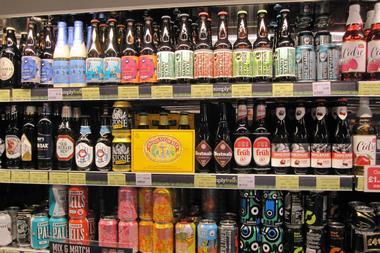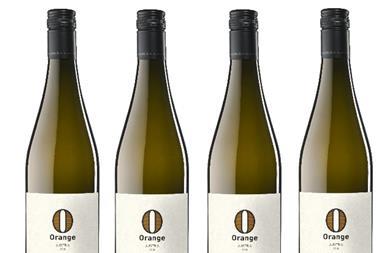Westons Cider turns apple leftovers into sustainable CO2

Westons Cider is putting some sustainable fizz into its range of ciders, including Stowford Press and Henry Westons, by turning leftover apple pomace into carbon dioxide (CO2).
ALREADY HAVE A REGISTERED USER ACCOUNT? PLEASE LOG IN HERE
To read the full story join the ConvenienceStore.co.uk community today!
Registration is quick and easy and provides access to:
- Unlimited ConvenienceStore.co.uk articles
- Our great range of newsletters
- Content you’ve saved for later via the ‘my library’ feature
And much more…































